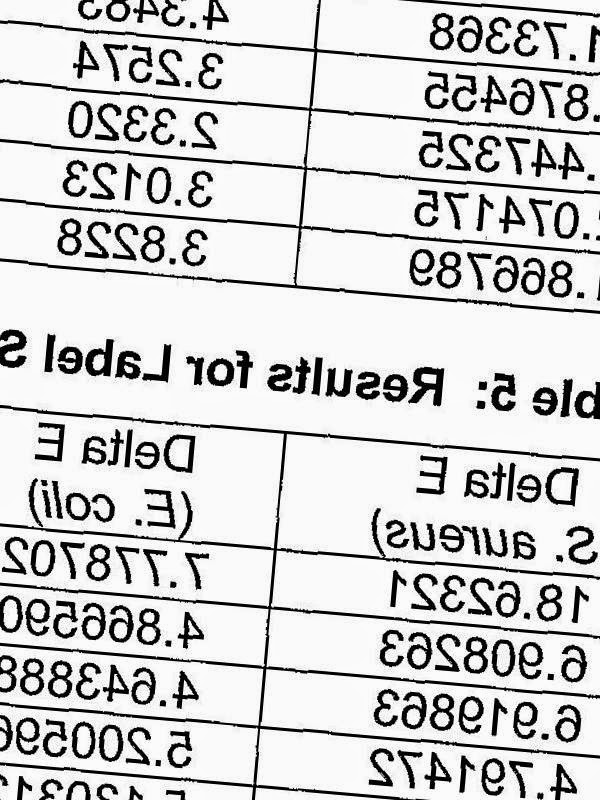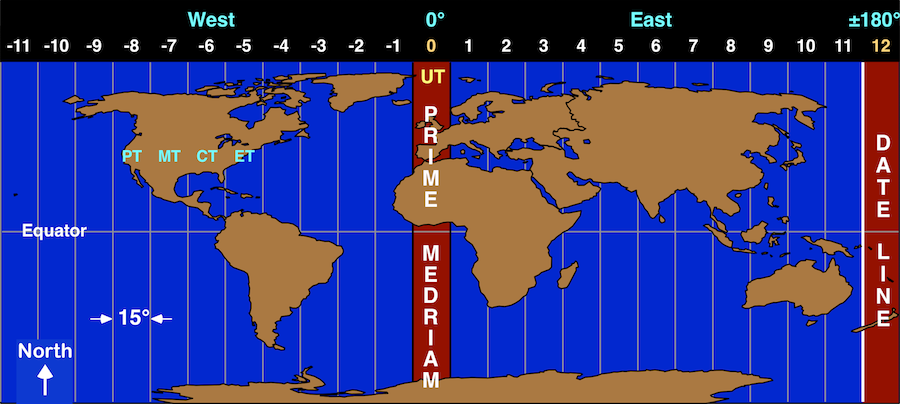
The invention of the telegraph and faster transportation methods like trains changed this. Coordinating appointments and schedules was relatively easy as it was impossible to communicate over hundreds of miles or travel more than a few dozen miles per day. Local towns or states would set their own time by the local solar noon. When transportation and communication methods were relatively slow, there was no need for time zones. Time zones are a relatively novel idea in human history. Plus, you’ll be the life of the next party you attend when you steer the conversation toward this exciting topic.

The history of time zones might not sound particularly interesting but it has some significance in the aviation world you should learn as part of your pilot knowledge base. Zulu (Universal) Time Used to be Unnecessary

It’s not a bad idea to double check local conversions if you’re in an unfamiliar area. Keep in mind some areas (certain countries, states, and other geographies) don’t observe Daylight Savings Time. Offsets for the continental United States’ 4 time zones are listed below. To find your local conversion factor, Google “(Your Local Time Zone) convert to GMT”. During Daylight Savings time (the summer months), I subtract only 7 hours. To convert from Zulu time to local time, I need to subtract 8 hours from Zulu time. Here in Oregon, we are in the Pacific Time Zone. I’ll be the first to admit that I struggle with converting from Zulu Time to local time in my head easily and I often lean on the automatic conversion feature in ForeFlight for things like interpreting weather Forecasts. In this case, departure time from Newark would be 1200Z and arrival in Phoenix would be 1630Z. It is much easier and there is less room for error when pilots, dispatchers, weather forecasters, and air traffic controllers use one universal time zone. How is this possible? Remember, you are flying two time zones to the west. The flight departs Newark at 7:00am local time, and arrives in Phoenix at 9:30am local time. The trip should take 4.5 hours, and fuel and weather planning are done with this figure in mind. Imagine an airline has a scheduled trip from Newark, New Jersey (EST, GMT+5) to Phoenix, Arizona (MST, GMT+7). Pilots can know that weather reports, weather forecasts, fuel burn calculations, and flight schedules are all calculated with respect to a constant reference clock. Having a universal time zone has many advantages in aviation. Why Does Aviation Use a Universal Time Zone? During Daylight Savings Time this conversion is slightly different, as we’ll discuss later in the article. In other words, this weather report is from 1:54 pm local time. Hence why you see 21:54 instead of 9:54pm like we would say in normal conversation in the United States.īecause KBDN (Bend, Oregon Municipal Airport) is in the Pacific Time Zone, we subtract 8 hours from Zulu Time to get the local time. Remember that Zulu Time is a 24 hour clock, there is no AM or PM. 072154Z means the 7th day of the month, 21:54 Zulu Time. The relevant part of this weather report is the letter Z in “072154 Z”, meaning Zulu Time. For example, look at this METAR (METeorological Aerodrome Report) below. When beginning your pilot training, the first time you are likely to see Zulu Time is in weather forecasts. Put simply, GMT, Zulu Time, and UTC (Coordinated Universal Time) are all different names for the same time zone. Other time zones are defined as having an offset from Greenwich Mean Time.įor example, Pacific Standard Time where I live is 8 hours behind GMT, notated as GMT+8. The time zone based on local solar time in Greenwich is known as Greenwich Mean Time, or GMT. The zero meridian and zero-time zone are defined arbitrarily, unlike the equator. Greenwich is located on the Earth’s line of zero longitude, the prime meridian.

Today, all time zones are referenced off of a Universal Time Zone which is defined as the local solar noon in Greenwich, London, England. In this case, Z stands for Zero, the number of hours offset from the Universal Time Zone in Greenwich, England. Zulu is the phonetic pronunciation for the letter “Z”. In aviation the phonetic alphabet is used (“A” and “B” are pronounced “Alpha”, “Bravo”, etc.) to ensure clarity in communications. In this article we will explore why it’s called “Zulu” Time, why aviation uses Zulu time, practical considerations you should keep in mind when planning your next flight, and the science and history of time zones.

It is a 24-hour timekeeping system that is the same worldwide at all times, and is used to coordinate scheduling, weather forecasts, and trip planning across the aviation industry. Zulu Time is used in aviation because it is unaffected by geography or traditional time zones. Zulu Time is the “Universal Time Zone” used in the aviation world.


 0 kommentar(er)
0 kommentar(er)
